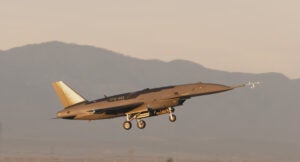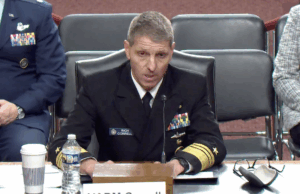
The Defense Department in fiscal year 2016 plans to develop and implement policies that encourage modular, open-systems architectures (MOSA) in acquisition programs, the first official acknowledgement by the Pentagon that open systems will allow the military’s technology to affordably keep pace with ever-evolving threats.Congress has directed the Defense Department to study its implementation of MOSA standards and policy and to report on the value or lack thereof in requiring modular, open systems in system development, Kristen Baldwin, principal deputy to the…










